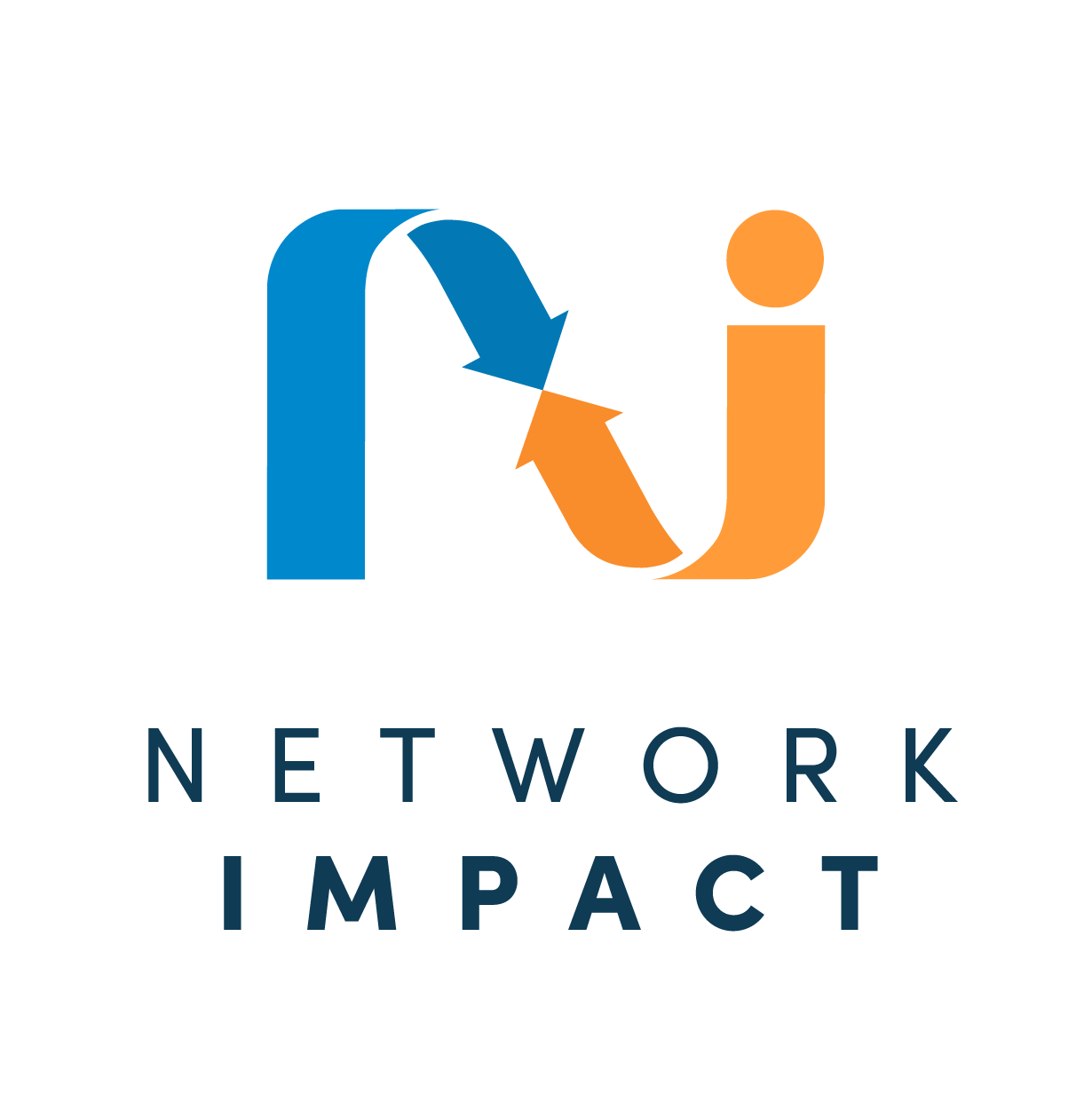CIVIC TECH ASSESSMENT RESOURCES 2: NETWORK MAPPING AND ANALYSIS
2. Network Mapping and Analysis
Network maps are visual depictions of the nodes and links in a network. Nodes typically represent people but they can also represent groups, organizations, or activities.
For civic tech platforms that aim to connect users, network maps can present complex information in a way that makes it easier to “see” connections and their patterns. Maps can also reveal opportunities to build or promote connections. (Who is not connected but should be? Where are the hubs, brokers and bottlenecks?). Finally, mapping may be useful in assessing the impact of network building strategies by charting changes in network connectivity over time.
Several types of open source network mapping software are available that will allow you to import and visually depict platform data describing user interactions. Importing demographic and other information that you already track about users can complement network data, which is focused on relationships between entities. For example, you may see that members of traditional leadership institutions are not the users with the most and strongest connections to other users. Or, you may find that users with a high level of activity may not have a proportionately high number of connections.
Here is an example of a network analysis of connections made between users through forum messages in a city-wide forum:
The nodes are people. The size of the nodes is determined by the number of messages received or sent. The color of the node represents the ratio of received versus sent messages – orange= more messages sent and prurple = more messages received, red = equal.
This graphic representation of the network of an online community was produced by an interactive console, now in beta, which was designed by the data visualization and software engineering firm Exaptive.
Network maps can also be used to show bi-modal networks, or relationships between “people and things”, for example, between users and different site activities. This type of visual analysis may help you assess the appeal or effectiveness of platform features for different categories of users. This technique was used effectively by ACTion Alexandria’s evaluation team, as shown visually below and detailed in their blog post about the work. The team was able to visualize which platform activities drove the most participation and which activities users did in combination with each other. For example, they found that people who engage with multiple types of activities are more likely to engage in them multiple times.
People (circles) are connected to activities (e.g. “Votes”; “Solutions”) that they engaged in. Node size and color indicate the number of unique actions a person performed (e.g., large orange nodes performed all 5 types of actions, while small dark-blue nodes performed only one). Line thickness indicates the number of times a person performed a given action (e.g., many people who post “Blog Posts” do so often as indicated by thick lines, while nearly all “Solutions” providers do so rarely as indicated by thin lines).
Figure from: Jes Koepfler and Derek Hansen on Manipulating Network Graph Aesthetics in NodeXL to Visualize Online Community Engagement


